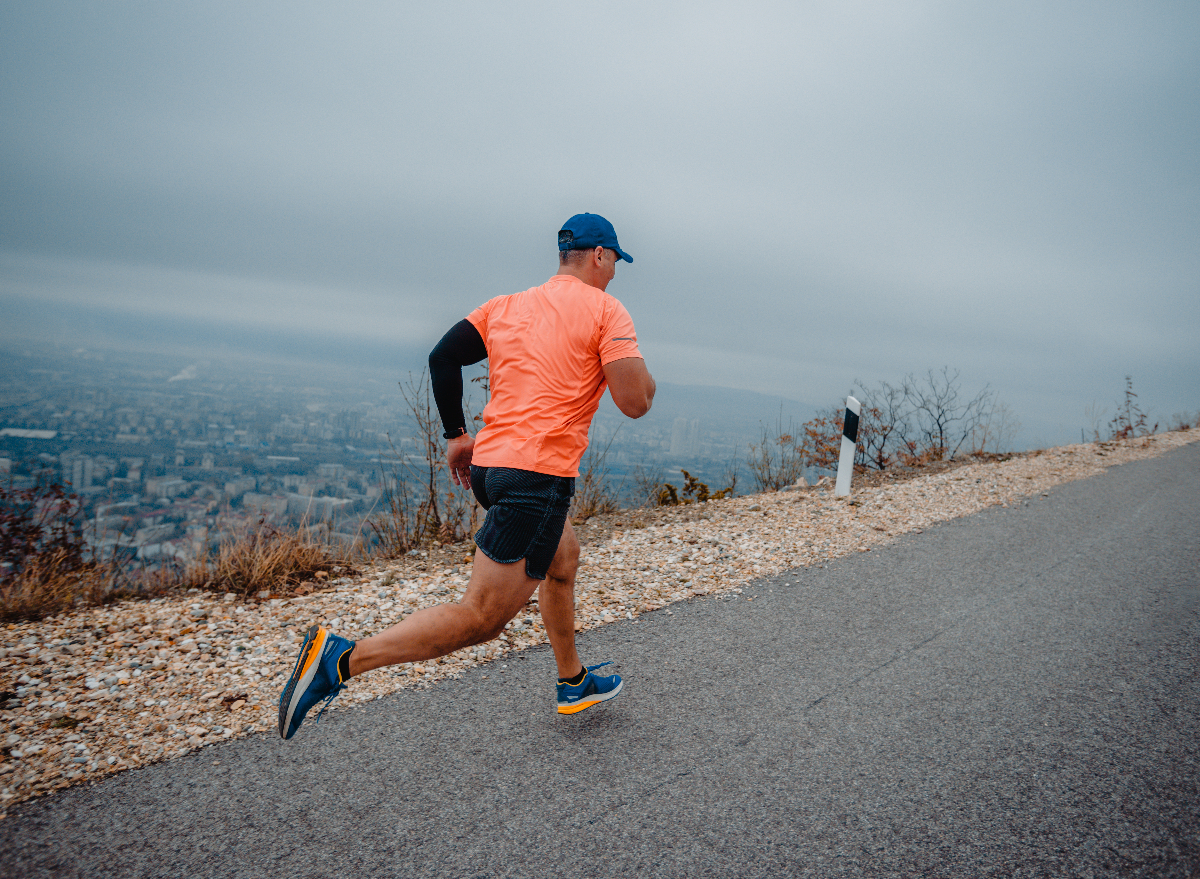Dominate Your Runs: Proven Strategies for Efficient Running Workout
Dominate Your Runs: Proven Strategies for Efficient Running Workout
Blog Article
Managing Typical Running Pains: Reasons, Solutions, and Avoidance
As runners, we typically come across various discomforts that can prevent our performance and pleasure of this physical task. By discovering the origin reasons for these operating discomforts, we can uncover targeted remedies and precautionary procedures to ensure a smoother and more satisfying running experience.
Typical Running Pain: Shin Splints
Shin splints, a common running pain, commonly result from overuse or incorrect footwear throughout physical activity. The recurring anxiety on the shinbone and the tissues attaching the muscle mass to the bone leads to swelling and pain.
To prevent shin splints, people should progressively increase the strength of their workouts, wear proper shoes with appropriate arch support, and keep versatility and toughness in the muscles bordering the shin (running workout). Additionally, integrating low-impact tasks like swimming or biking can help maintain cardio health and fitness while enabling the shins to recover.
Usual Running Pain: IT Band Syndrome
Along with shin splints, one more widespread running discomfort that professional athletes usually run into is IT Band Syndrome, a problem brought on by inflammation of the iliotibial band that leaves the outer upper leg and knee. IT Band Disorder typically shows up as discomfort on the outside of the knee, especially throughout tasks like running or cycling. The iliotibial band is a thick band of fascia that links the hip to the shin, and when it comes to be inflamed or tight, it can rub versus the upper leg bone, leading to pain and pain.
Runners experiencing IT Band Disorder may see a stinging or hurting feeling on the external knee, which can aggravate with continued task. Aspects such as overuse, muscle imbalances, improper running type, or insufficient workout can contribute to the development of this problem.
Common Running Pain: Plantar Fasciitis

Plantar Fasciitis can be credited to different elements such as overtraining, improper shoes, running on tough surface areas, or having high arcs or level feet. To avoid and minimize Plantar Fasciitis, runners can incorporate extending workouts for the calves and plantar fascia, put on helpful footwear, maintain a healthy and balanced weight to reduce stress on the feet, and progressively increase running intensity to avoid abrupt stress and anxiety on the plantar fascia. If signs persist, it is advised to get in touch with a health care specialist for correct medical diagnosis and therapy choices to resolve the condition successfully.
Common Running Discomfort: Runner's Knee
After dealing with the obstacles of Plantar Fasciitis, another prevalent issue that joggers usually face is Runner's Knee, an usual running pain that can hinder athletic efficiency and trigger pain during physical task. Runner's Knee, also referred to as patellofemoral pain syndrome, materializes as discomfort around or behind the kneecap. This condition is often credited to overuse, muscle discrepancies, incorrect running techniques, or problems with the alignment of the kneecap. Joggers experiencing this pain may feel a boring, aching discomfort while running, rising or down staircases, or after long term periods of sitting. To avoid Jogger's Knee, it is essential to incorporate correct workout and cool-down routines, preserve solid and balanced leg muscular tissues, use ideal shoes, and slowly increase running strength. If signs and symptoms persist, inquiring from a healthcare expert or a sporting activities medication expert is suggested to identify the underlying reason and create a customized therapy strategy to alleviate the pain and avoid further difficulties.
Common Running Pain: Achilles Tendonitis
Commonly affecting runners, Achilles Tendonitis is an agonizing problem that impacts the Achilles tendon, creating discomfort and prospective constraints in physical task. The Achilles tendon is a thick band of cells that links the calf bone muscle mass to the heel bone, important for activities like running, leaping, and walking - try this. Achilles Tendonitis frequently develops because of overuse, inappropriate footwear, poor stretching, or abrupt rises in exercise
Signs of Achilles Tendonitis include pain and tightness along the tendon, specifically in the early morning or after periods of inactivity, swelling that aggravates with activity, and perhaps bone spurs in chronic situations. To avoid Achilles Tendonitis, it is necessary to extend appropriately before and after running, put on suitable footwear with correct support, progressively enhance the intensity of exercise, and discover this cross-train to decrease repetitive tension on the tendon. Therapy might involve remainder, ice, compression, elevation (RICE protocol), physical treatment, orthotics, and in extreme cases, surgical treatment. Early treatment and correct care are vital for managing Achilles Tendonitis successfully and preventing lasting issues.
Final Thought

Report this page